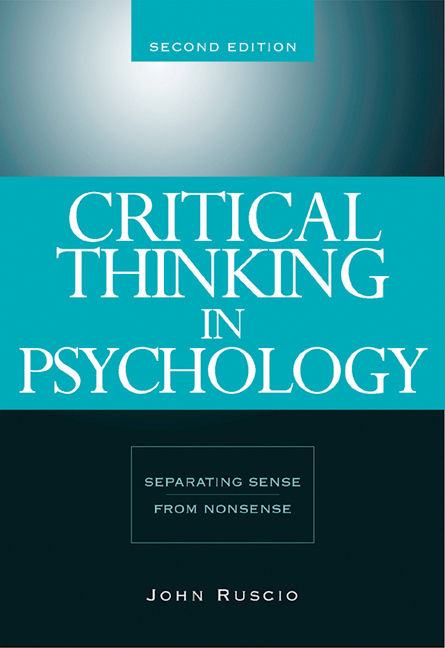Astronomical inquiry has long captured human imagination, inspiring both profound wonder and rampant speculation. The cosmos, with its vastness and complexity, serves as a rich tapestry upon which both factual knowledge and erroneous narratives are woven. As a burgeoning scientific discipline, astronomy not only seeks to elucidate the nature of celestial bodies, phenomena, and the universe at large, but it also grapples with the challenge of discerning authentic scientific assertions from rampant misconceptions. This article endeavors to dissect the fabric of astronomical knowledge, illuminating the dichotomy between cosmic fact and fiction.
The scope of contemporary astronomy encapsulates numerous subfields, each replete with its own set of paradigms, terminologies, and ongoing debates. One significant domain is observational astronomy, which harnesses innovative telescopes—both terrestrial and extraterrestrial—to glean data about celestial objects. This field serves as the bedrock of astronomical research, enabling the documentation of phenomena such as supernovae, exoplanets, and cosmic microwave background radiation. Researchers employ rigorous methodologies, deploying advanced spectrometry and photometry to analyze light emitted or reflected from cosmic entities. This direct observational approach serves to substantiate the scientific validity of astronomical claims.
In stark contrast, the proliferation of pseudoscience surrounding astronomy is fueled by media sensationalism and the rapid dissemination of information via the internet. Notable among these are theories that posited the existence of ‘Planet X’ or ‘Nibiru’, often rumored to be on a collision course with Earth. These ill-founded ideas stem from a multitude of factors, including misinterpretations of ancient texts and the human penchant for cataclysmic tales. Such narratives, although captivating, lack empirical backing and instead proliferate through anecdotal evidence and cherry-picked data. It is essential to approach these claims with skepticism, advocating for a rigorous scientific underpinning to distinguish speculative fiction from empirically validated hypotheses.
The historical context of astronomy is also rife with examples that illustrate how scientific understanding has evolved. For instance, the heliocentric theory proposed by Copernicus radically transformed the perception of our solar system, eschewing the Earth-centric model posited by Ptolemy. Initially, the heliocentric model faced significant opposition, encapsulated by the phrase “not even wrong,” often used to describe theories that do not lend themselves to testable predictions. This resistance exemplifies a fundamental issue in the acceptance of new scientific ideas: the interplay between established paradigms and emerging data. It underscores the importance of maintaining a critical lens toward astronomical assertions, championing theories that are both testable and falsifiable.
Moreover, the advent of new technologies has precipitated an unprecedented shift in our understanding of the universe. The launch of space telescopes, such as the Hubble Space Telescope, has resolved long-standing astronomical mysteries—unveiling the existence of dark energy and providing insight into the rate of cosmic expansion. This technological progress fosters a sense of optimism; the cosmos is more accessible than ever before, illuminating phenomena once cloaked in ambiguity. Yet, alongside these advancements, the complexity of data interpretation has burgeoned, underscoring the necessity for interdisciplinary collaboration among astronomers, physicists, and data scientists to derive meaningful conclusions from increasingly sophisticated datasets.
Communication and public engagement in astronomy are also crucial in combating misinformation. Scientific literacy is the cornerstone of informed citizenship, enabling individuals to navigate the deluge of information presented by media sources. Outreach efforts, including planetarium shows, community lectures, and online platforms, have proliferated, aiming to enhance public comprehension of astronomical principles and findings. Interactive features, such as virtual observatories and citizen science projects, further democratize access to astronomical data, allowing individuals to participate actively in the scientific process. By cultivating critical thinking and discernment, these initiatives empower the public to challenge unfounded claims that proliferate within popular culture.
Ethical considerations further complicate the portrayal of astronomy in popular media. The intersection of scientific exploration and ethical storytelling necessitates a responsible approach to disseminating astronomical discoveries. When portraying celestial events or discoveries, it is paramount to distinguish between verified scientific findings and speculative narratives. For instance, the excitement surrounding the discovery of exoplanets is often coupled with exaggerated claims about their potential habitability. While the existence of such planets is acknowledged, the conditions necessary for life remain an intricate and uncertain matter. Such nuances must be articulated thoughtfully to mitigate misconceptions that may arise in public discourse.
Finally, the synthesis of astronomical knowledge extends beyond stringent scientific inquiry into the realms of philosophy and existential contemplation. Numerous questions predicated on our understanding of the universe prompt reflections on humanity’s place within it. Theories of cosmology, oscillating between determinism and randomness, challenge our perceptions of existence. The philosophical implications of these theories often elicit debate, weaving a rich narrative that intertwines science and human thought. This cerebral exploration not only enhances our comprehension of the cosmos but invites astute inquiry into the nature of reality itself.
In conclusion, the pursuit of astronomical knowledge necessitates a discerning approach to both fact and fiction. The distinction between cosmic reality and fanciful speculation is critical as the field continues to evolve. Through rigorous investigation, interdisciplinary collaboration, and responsible communication, the scientific community can effectively separate the strands of astronomical sense from the nonsensical. As humanity navigates the complexities of the cosmos, a thoughtful engagement with these themes remains vital, ensuring a clear path through the celestial maze of knowledge and understanding.












